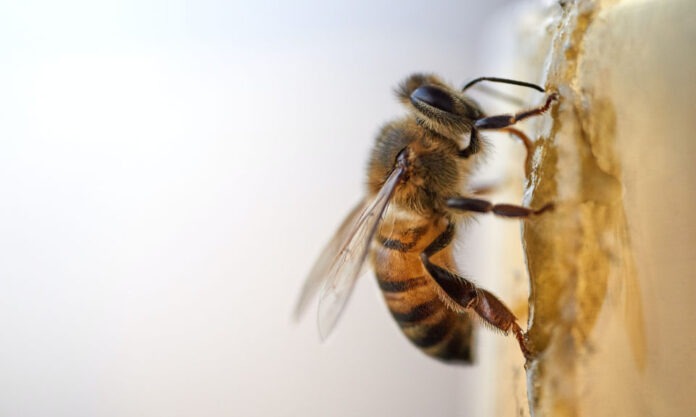We typically associate the concept of teamwork as a human act since cooperative behaviour is one of the hardwired characteristics that feeds in to human nature as a whole.
Yet, another way to look at this collaborative notion is through the lens of wildlife.
Many animal species across all different classifications use teamwork for the sole purpose of surviving the brutal and harsh realities of the natural world. Ant colonies, bird flocks, deer herds, bee swarms, dolphin pods and wolf packs are just a few of the many exemplars. One aspect that is not so often discussed, however, is the occasional intertwinement between mankind and the animal kingdom.
Less discussed, that is, on account a mutual sense of fearfulness that obstructs humans and wildlife from interacting with one another.
On one hand, wildlife fear amounts to the perception of predator risk, and humans are notorious in the animal kingdom for being major predators and thus a source of fear for a lot of these species. On the other hand, international media perceives wildlife as a danger, which implies that people make decisions about these creatures’ acceptability on the risk/benefit basis they believe comes with coexisting.
However, preconceived opinions of wildlife influence the degree of human-wildlife conflict. The idea of cohabitation entails that, not just humans, but also wild creatures, can adapt to each other’s presence in a particlular region. Such friction drives the different species even further away from each other, making coexistence or even the conception of tolerance a distant thought.
Yet, communication between humans and domesticated species is a common sight. But communication between mankind and undomesticated wildlife is a rare occurrence.
In sub-Saharan Africa, however, the unimaginable is an actuality.
There, a small bird called the greater honeyguide cooperates with local indigenous communities by leading them to the nearest bees’ nest, hidden inside the trucks of hollow trees, which they harvest for their honey.
The bees’ defenses are overcome through means of ignition and smoke as well as opening the nest using axes. The birds then feed on the wax combs, left behind by the honey-hunters, as their main source of nutrients.
New research published in the journal, “Science”, shows that this remarkable partnership involves two-way communication between humans and a free-living wild bird.
Honeyguides solicit people with a distinctive chattering call and fly from tree to tree in the direction of the bees’ nest, showing their human followers where to go.
In turn, the human followers respond to the bird with a specific signal that works as a sign to the honeyguide that a person is looking for bees’ nests and willing to follow them.
This interaction suggests that the bird can attach a definite meaning of cooperation to the human’s call, a rare case of mutualism between mankind and Mother Nature that has evolved via the process of natural selection. Moreover, Claire Spottiswoode of the University of Cambridge conducted a series of experiments to prove the importance of this relationship. She states, “By following honeyguides, human honey hunters can really increase their rate of finding bees’ nests”.
This can make all the difference for the indigenous groups living in the region, as they rely on wild honey for a significant proportion of their calorie intake. Thus, sometimes villagers are prepared to follow any one bird for nearly a kilometre.
Humans do cooperate with other species such as dogs, falcons and cormorants to help them forage. But honeyguides are astonishing since they are not domesticated, trained or coerced in any way. It’s a mutually beneficial relationship that could go back to the earliest days of our own species. We cannot be sure when this alliance came forth or the circumstances that led to its creation, but this is a story of inspiration and one that provides hope for a future coexistence between humankind and its natural surroundings.
Nevertheless, for this to take place, we humans must take the initiative in forming clear boundaries between human and wildlife spaces, to avoid exploiting natural resources and proliferating animal extinction.
For, if current rates were to continue, a destabilising of the food chain and other climatic elements would a trigger a chain reaction that may become irreversible.
Ultimately, coexistence between wildlife and humans is essential for all forms of life; humans and animals alike. When humans coexist and avoid persecuting wildlife, we not only safeguard ecosystem health but also promote the stabilisation of agriculture, food security and the construction of sustainable economies.









